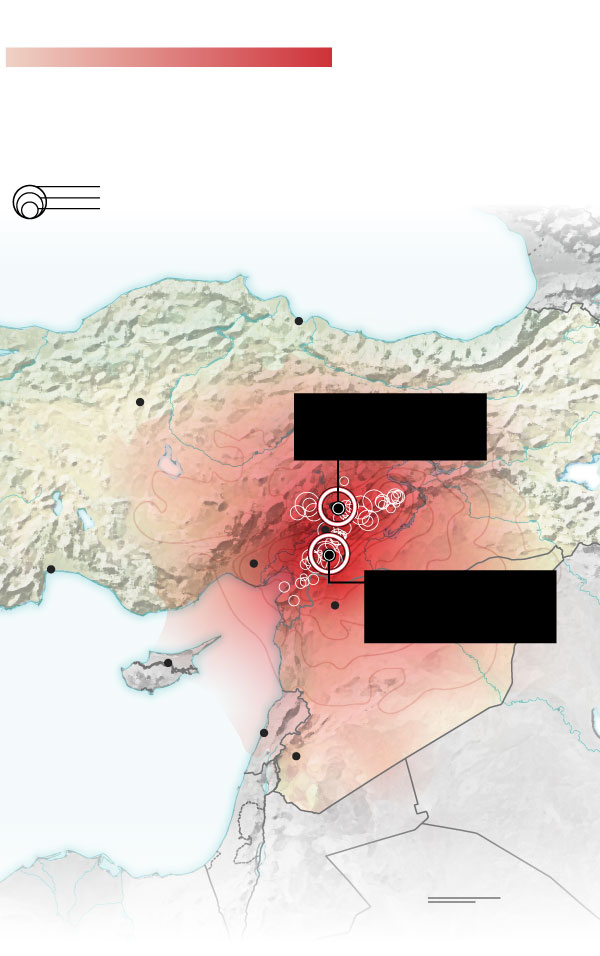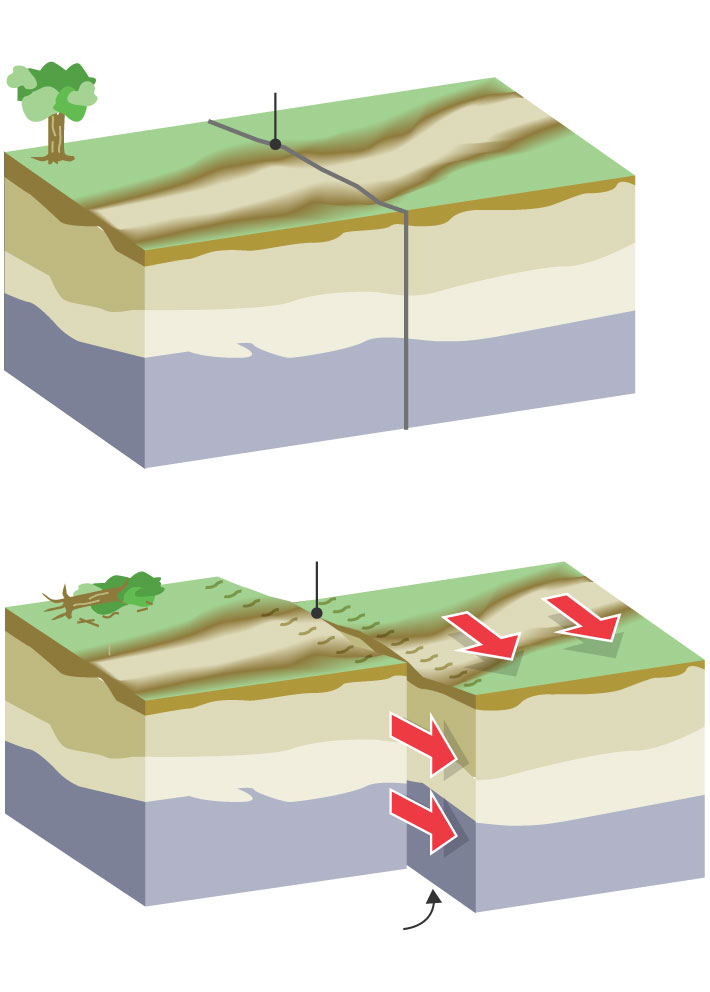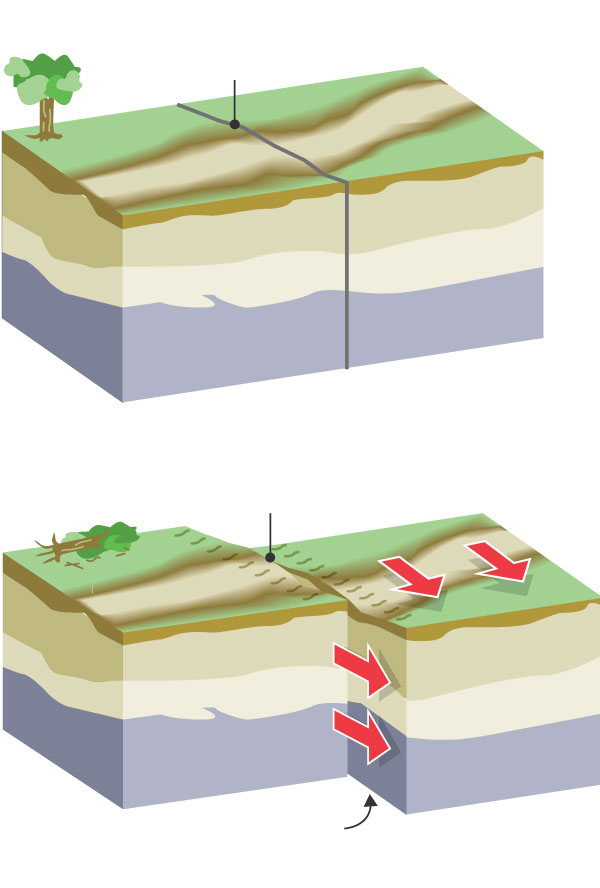ISTANBUL—Rescuers launched a frantic search for survivors trapped under collapsed buildings across swaths of Turkey and Syria after two powerful earthquakes and their aftershocks shook much of the Middle East, killing almost 5,000 people and destroying thousands of homes.
Civilians clawed through rubble with bare hands to reach loved ones screaming from beneath the debris after a 7.8-magnitude quake on Monday morning was followed by a series of aftershocks and then a separate 7.5-magnitude quake in the afternoon. The quakes were Turkey’s worst seismic event in decades, rocking an area around the city of Gaziantep that is home to millions of Turkish citizens, displaced Syrians and refugees.
“There are hundreds of collapsed buildings here, this is not an exaggeration, literally hundreds,” said Hasan Durkal, an academic living in Hatay province in Turkey’s far southwest, near Syria. He said he feared for trapped family members. “I am afraid we lost them,” he said. “We can’t do much.”

First earthquake intensity
7.5 magnitude at 1:24 p.m.
7.8 magnitude at 4:17 a.m.

First earthquake intensity
7.5 magnitude
at 1:24 p.m.
7.8 magnitude
at 4:17 a.m.
The first earthquake struck at 4:17 a.m. in the middle of a winter storm and wrought destruction across a swath of the country running for hundreds of miles near Turkey’s border with Syria. At least 2,316 people died in Turkey, the country’s health ministry said, with more than 11,100 injured and more than 5,600 buildings collapsed. Search teams had rescued almost 2,500 people caught under debris.
“At the moment, we don’t know how high the dead and wounded numbers will rise,” Turkey’s President Recep Tayyip Erdogan said in an address to the nation. He later declared a seven-day period of national mourning.
The earthquake could cause up to 10,000 fatalities and initial damages of $1 billion in economic losses, according to the U.S. Geological Survey. That estimate is from an automated system that collects seismic data from remote sensors. The USGS estimates the 7.5-magnitude aftershock could lead to an additional $100 million to $1 billion in economic losses and between 100 and 1,000 fatalities.
In Syria, the disaster shook a region of the country that houses millions of people displaced by the country’s civil war, including many living in makeshift camps. It came during a brutal economic crisis in Syria and a cholera outbreak, striking an area with limited hospitals or other infrastructure.
The earthquakes in Syria killed nearly 2,700 people in the Aleppo region and several other areas of Syria, according to the Syrian Civil Defense organization, known as the White Helmets, and the Health Ministry affiliated with the government in Damascus.
Temperatures dipped below freezing overnight with snow and freezing rain in some of the areas that were hit by the earthquake. “The fact that it’s winter, the weather is cold and that the earthquake happened in the middle of the night makes the work harder but everyone is working with their hearts and souls in it,” Mr. Erdogan said.

Rescuers searched for victims and survivors in the town of Sarmada, in Syria’s Idlib province.
Photo:
muhammad haj kadour/Agence France-Presse/Getty Images
Turkey’s Interior Minister
Suleyman Soylu
said the country had declared its highest state of emergency which “includes a call for international help.” Mr. Erdogan said his government had received offers of aid and assistance from 45 countries along with the European Union and the North Atlantic Treaty Organization, of which Turkey is a member.
President Biden
ordered USAID and other government agencies to assess a possible American relief response to help those most in need, said national security adviser
Jake Sullivan.
Across Turkey, the country’s emergency relief agency marshaled nearly 10,000 people for a search and rescue effort, officials said. The Turkish government also mobilized the armed forces along with health officials for a national-disaster response.
In Gaziantep, a Turkish city of more than two million people, the earthquake jolted sleeping residents and sent them running into the street while buildings collapsed around them and sirens blared. Some people remained trapped under the rubble while others took shelter in their cars from the icy winter storm as the sun rose on Monday, residents said.
“The house shook like a baby’s cradle. It was like a nightmare. I woke up the kids. I told them to stay calm. We left the building,” said Bülent Çakır, 48, a resident of Gaziantep. “Everyone was shouting, crying in panic.”
As night turned to day on Monday, anxious residents remained in their cars or in the street, wary of returning to their homes for fear that they would collapse.

Victims filled the emergency ward of a hospital in Syria’s Idlib province.
Photo:
aaref watad/Agence France-Presse/Getty Images
“People were just running away. They don’t know where but they were just running outside,” said Yakzan Shishakly, the co-founder of a Syrian relief organization who lives in Gaziantep.
“Everybody’s saying, even if things calm down, can we sleep normally after what happened last night? Everybody is traumatized,” he said.
Grainy cellphone videos showed entire apartment buildings creaking and then collapsing in the southeastern Turkish city of Sanliurfa, as stunned bystanders sprinted away from dust clouds. In another southeastern city, Diyarbakir, terrified families gathered in sports centers and other municipal buildings to escape the aftershocks and icy winter winds.
“We have at least 50 buildings collapsed and there are terrible rumors of bigger and bigger earthquakes,” said
Garo Paylan,
an opposition lawmaker from the pro-Kurdish Peoples’ Democratic Party in Diyarbakir. “Our main enemy now is the cold. If we don’t get people out within 24 hours, I don’t think they’ll survive.”
Some of the worst destruction took place in Idlib, a province of northern Syria that is held by rebels and is home to millions of people who were forced to flee their homes during the war elsewhere in Syria. The White Helmets said on Monday afternoon, some 12 hours after the initial earthquake, that hundreds of families were still unaccounted for across rebel-held northern Syria.

A girl was rescued from a collapsed building in Diyarbakir, Turkey.
Photo:
SERTAC KAYAR/REUTERS

Rescuers carried a body that was found in the rubble in Adana, Turkey.
Photo:
can erok/Agence France-Presse/Getty Images
The region’s hospitals, already ill-equipped to handle the influx of displaced people, struggled to cope, according to relief workers and residents.
“People are working with their bare hands. No equipment, just trying to get people from under the rubble,” said Abdulkafi Alhamdo, an English teacher from Aleppo who lives in Idlib. “Some people are taken out alive. Some people are taken out dead. Some of them are still there.”
The earthquakes come at a critical moment for Turkey as it prepares for its most important election in a generation this spring, in which Mr. Erdogan faces a difficult reelection campaign. The government’s response to disasters, including recent wildfires, has become a subject of public debate in recent years.
Political analysts said that Mr. Erdogan, who is personally overseeing the response, is trying to get ahead of possible political blowback over allegations of lack of preparedness, corrupt and poor-quality building practices, and the use of a dedicated earthquake fund. The much-criticized response by the government at the time to a 1999 earthquake in Istanbul that killed some 17,000 people helped open the door to Mr. Erdogan’s Justice and Development Party to win 2002 elections and begin its 20-year domination of Turkish politics.
In Diyarbakir, more than 150 miles east of the quake’s epicenter, the earthquake reduced buildings to rubble, trapping some people underneath hours after the initial seismic shock in the early morning.
The earthquakes were the result of a strike-slip movement where three tectonic plates slid past each other in south-central Turkey.

Plates grind horizontally along the faultline

Plates grind horizontally
along the faultline

Plates grind horizontally
along the faultline
“The earthquake shook our building as never before. Cracks opened up in our building,” said Abdurrahman Ozhan, 43, the regional director of a pharmaceutical company who lives in the city.
“A relative of mine is under the debris together with his wife and two kids in Adana at the moment. We cannot reach them. We also cannot reach our general manager’s cousin, his wife and his eight children. They are also under the debris of a collapsed building in Diyarbakir.”
“We heard that a total of six buildings collapsed in Diyarbakir. At the moment I am driving by a collapsed building now,” he said. “It was a multiple-story building but now it is leveled to one-story high.”
The quakes disrupted Middle East oil flows. Operations at Turkey’s oil terminal in Ceyhan halted, according to an official at Tribeca Shipping, a shipping services-provider that assists vessels going to Ceyhan. That shut off markets for some Iraqi oil shipped through Turkey. Syria shut its main oil refinery after it was damaged, the state news agency SANA reported, exacerbating fuel shortages experienced for weeks.
The earthquake took place in a seismically active area: the junction between the Anatolia, Arabia and Africa plates, the U.S. Geological Survey said. Three earthquakes of magnitude 6 or larger have occurred within 250 kilometers, or about 155 miles, of Monday’s earthquake since 1970, the agency said.

Rescuers in Hama, Syria. The earthquake shook a region that houses millions of people displaced by Syria’s civil war.
Photo:
SANA/via REUTERS
Write to Jared Malsin at jared.malsin@wsj.com
Copyright ©2022 Dow Jones & Company, Inc. All Rights Reserved. 87990cbe856818d5eddac44c7b1cdeb8










